Indian Street Food - The Healthy Edition*
By Conchita de Souza
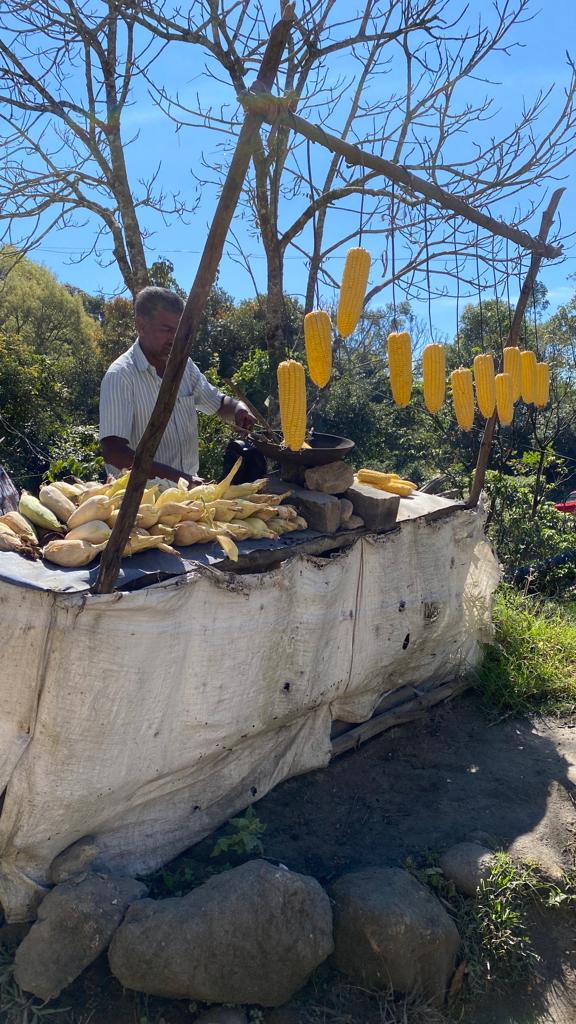
By Conchita de Souza

By Conchita de Souza
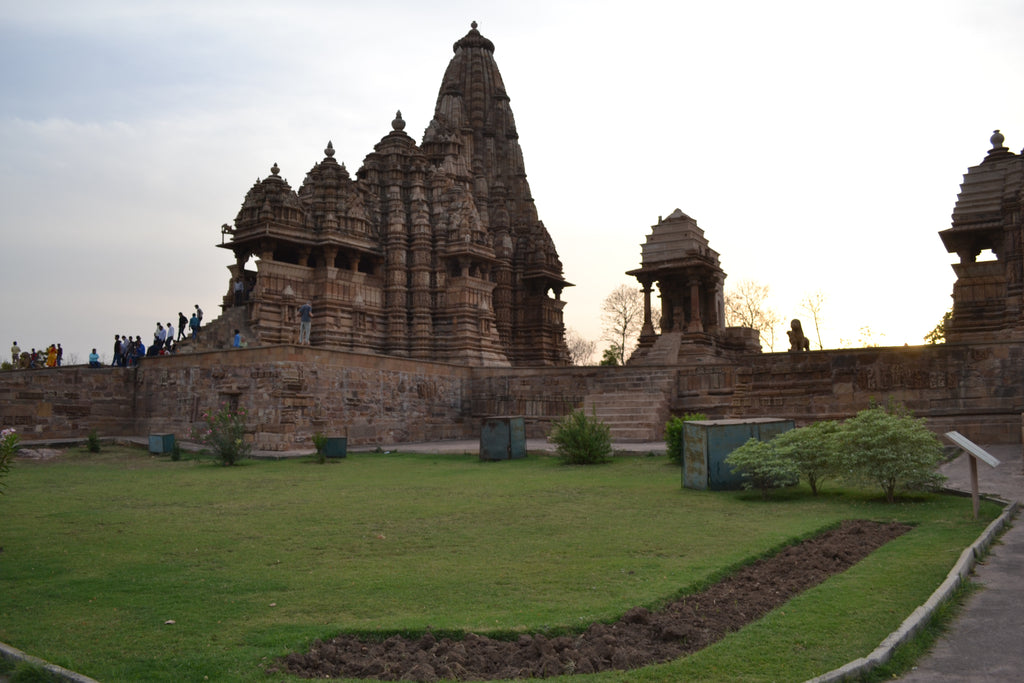
By Conchita de Souza
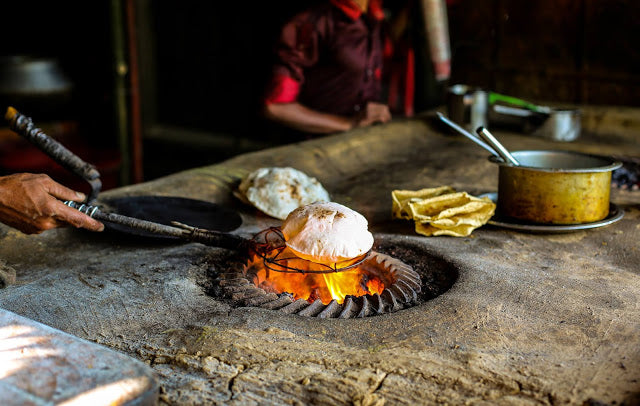
By Conchita de Souza
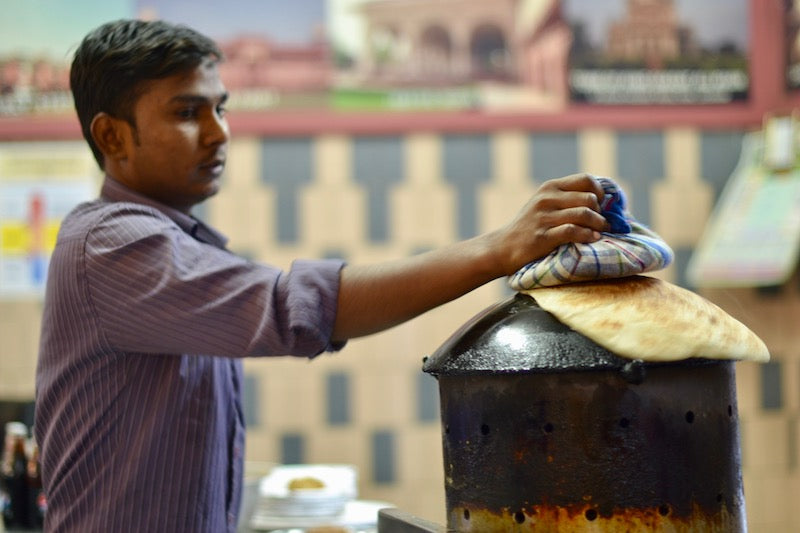
By Conchita de Souza
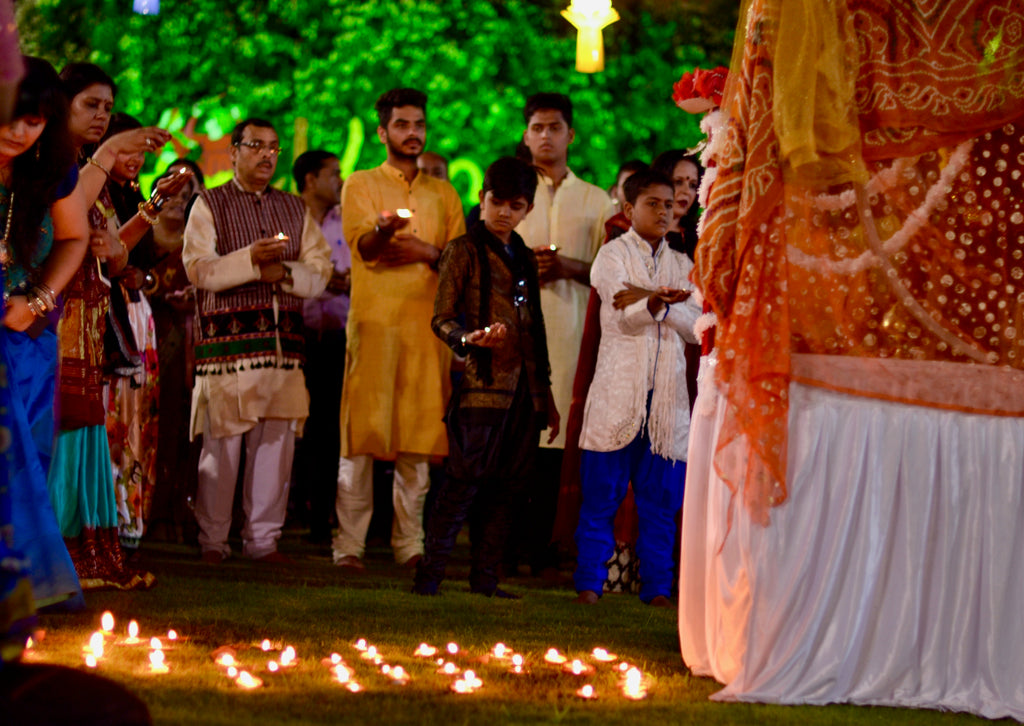
By Conchita de Souza
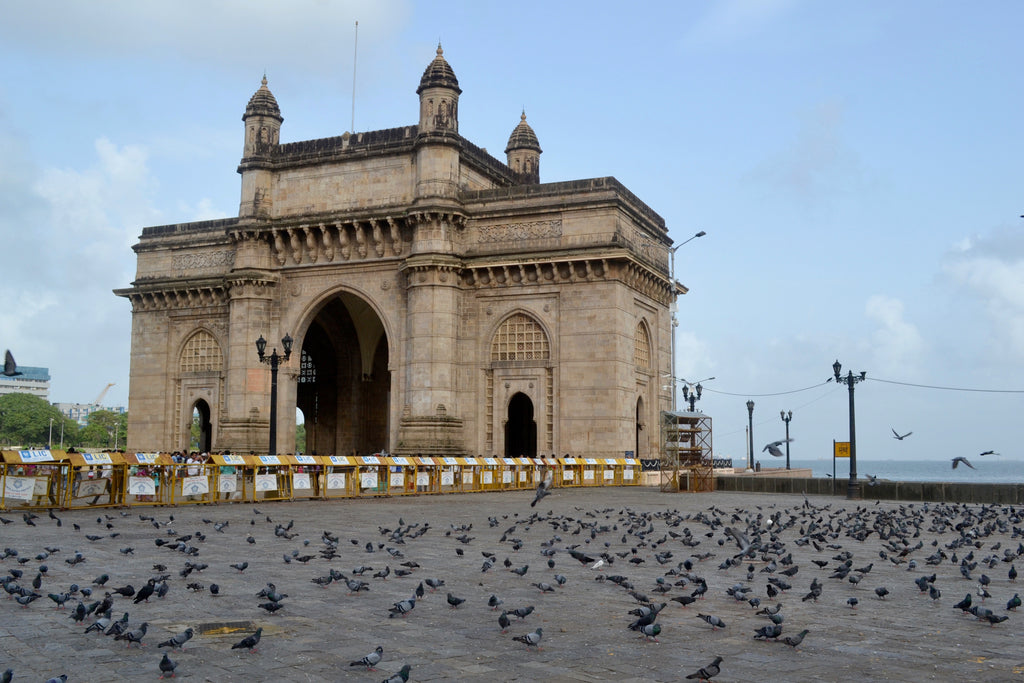
By Claudette D'Cruz
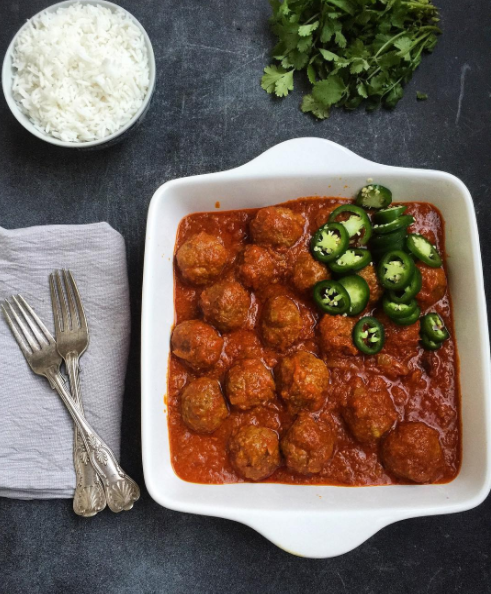
I must say that when it comes to the hot summer days in Sydney (which seem quite distant right now as we are smack bang in the middle of autumn), I welcome nothing more than the stormy evenings that follow which settle the dust and temper the heat’s rage. Whilst Australian summers can be hot, it really is nothing compared to summers in most parts of India which involve three months of unceasing, unforgiving and relenting 40+ degree heat. The night brings enough relief for our burnt souls to slumber before we wake the next day to face summer’s wrath. Until one has lived through an entire Indian summer, one really cannot appreciate the relief that the monsoon rains bring. The weather becomes pleasant, albeit a tad humid; the landscape becomes green and lush (which unfortunately the mosquitoes seem to enjoy and hence begin their season of breeding); and most importantly, the appetite increases sevenfold as the tastebuds start to crave. They crave anything remotely hot, spicy, crispy and creamy (sometimes all at once) after being subdued by the summer’s stifling heat and being released from the want of all things icy, liquid and juicy.
It was during this climate that I explored the famous cuisines of Hyderabad; with the skies grey, low and impregnated by the drops of monsoon rains, now in its second month of falling on to parched earth. Hyderabad is the capital city of Telangana, a state which was recently formed in 2014. Before that, Hyderabad had long been under the rule of the Nizams - the Monarchs who were once a part of the Mughal Empire, but declared themselves independent after the Empire collapsed in 1724. The Nizams ruled over Hyderabad until it was annexed during an Indian military operation post Indian independence in 1948. When you travel throughout the city, there are remnants of this rule in the ancient landmarks as well as in the customs, cultures and feel of this bustling city.
One weekend I wandered through the old city of Hyderabad which sports the iconic landmark which has become synonymous with Hyderabad - Charminar. It was not my first visit to this beautiful place, but I had still gone with my camera in hand, ready to capture the culinary delights as much as the magnificent architecture. I visited a famous restaurant called Shahran, just outside one of the four gateways leading to Charminar. It is known for its delicious and crispy samosas and also its beef kebab served with peanut chutney and hot, oily, and soft parathas (click here for our simple stuffed paratha recipe). I could not go past ordering a pink falooda, a popular drink made from rosewater, milk and vermicelli. Not too far from Shahran is the famous Nimrah Bakery, which always has a crowd of people inside and outside the joint. Nimrah Bakery has a very simple menu of chai, various biscuits and puffs - it is basically a tea spot. I squeezed myself into a booth joining a family of four messily slurping their tea and munching on their biscuits. I ordered Suleimani chai (strong black tea) and Osmani biscuits - yet another (edible) symbol of Hyderabad. These biscuits are buttery and subtly sweet at first bite but once they leave your tongue they part with mild salty taste - similar to that of a cracker. They go darn well with chai and are a popular take-back gift for most visitors to Hyderabad. I’ll unashamedly admit that I returned to Nimrah Bakery the following week for the same Osmani biscuits this time accompanied with a sweeter and milky Irani Chai. It was divine, as expected.

Hyderabad is also famous for its biryani - a festive dish made from a spicy, flavoursome and thick gravy containing meat (popular choices are mutton and chicken) which is absorbed by fragrant and colourful basmati rice. Paradise Restaurant is said to serve some of the best biryani dishes in Hyderabad and it is so famous that there are road signs directing people towards it (which I dutifully followed to reach the said destination)! This time round, I went to Paradise for their range of delectable kebabs (mutton shami and garlic chicken) which are always served with green chutney, lemon wedges and raw onions just because life is a lot tastier with all these three ingredients.
You might be wondering when this ode to Hyderabadi cuisine will draw to an end, and I would like to politely inform you that it shall, soon, but not without mention of one last iconic dish, Dosa. Dosa is a staple in south India and is differently prepared and consumed throughout the south (we have an instant dosa version that you can try out without the fuss right here). In Hyderabad, I was introduced to the ‘butter cheese dosa’ by a local friend. It kind of tastes like a thinner, crispier and spicier version of pizza. When I first watched the street vendor make the dosa right in front of me, I was alarmed by the copious amounts of ghee, butter and cheese he so liberally lashed out. As soon as I took my first bite, the alarm melted away at the same rate as the cheese in my dosa did (it was fast, very fast). I must warn you that this butter cheese dosa is deceptively heavy and might result in the unfortunate skipping of your next meal. But seeing as I was still in Hyderabad and had much more to do (read - eat), I wasn’t too concerned by just how satiated I was and wobbled along before the rains reached their point of wrath.
If you have fallen in love with Hyderabad’s rich cuisine but can’t just as yet afford the air ticket to get there, we’ve got you covered. You can bring the flavours of Hyderabad to your kitchen with a little help from our naturally-blended and authentic spices. Try making our baked Hyderabadi Koftas (Baked Meatballs) or if you are feeling like a feast - our rich Biryani, all from the comfort of your kitchen.
By Conchita A. de Souza
By Claudette D'Cruz
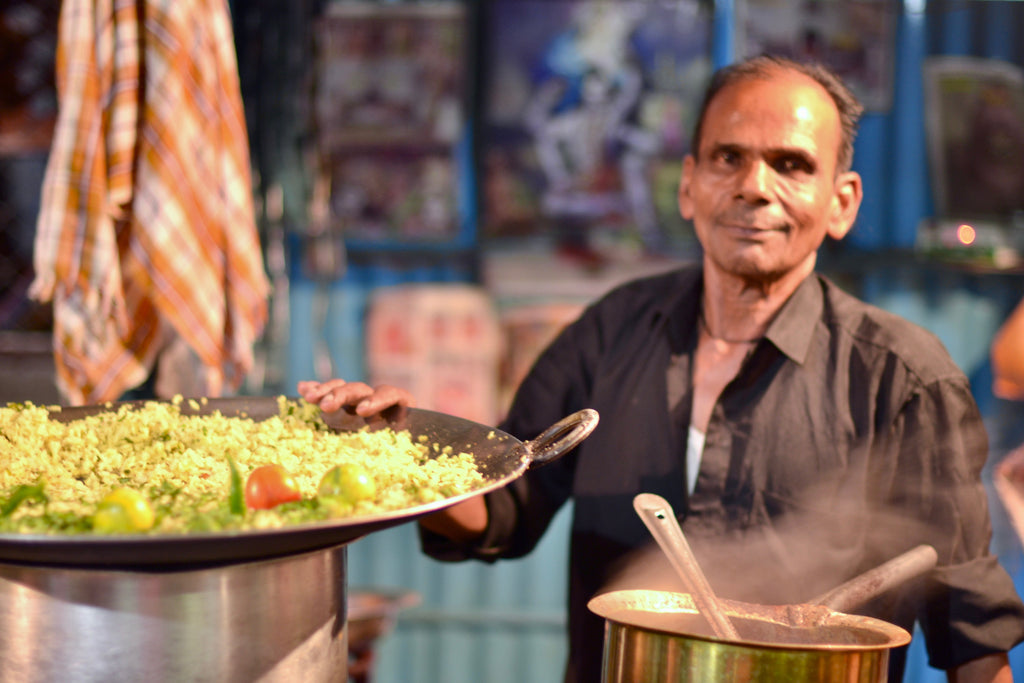
When you are roaming the streets of India’s cities and suburbs, you will find one common factor that unites them all. No, it is not the excessive honking of vehicles overcrowding the roads. Neither is it the numerous potholes, uneven pavements and surprise ditches that one encounters whilst trying to walk down the streets. It is in fact, the endless street stalls and stands that offer quick, tasty and creative snacks to satisfy your hunger. The best thing about street food in India, is that your impatient hunger need not wait very long to be satiated by the textures, flavours, temperatures and colours offered by these hard-working street vendors.
Here are some of my favourite street items that I indulge in to satisfy my notorious state of hangry.
I could probably write a book on the numerous street foods available across India, but that would be another task in itself. My advice to you is to come over and experience the variety, wonder and delight that the street food will offer your tastebuds. For those of you who have tasted Indian Street Food, I would love to hear what you rate as your favourite. Comment below and let us know!
By Conchita A. de Souza